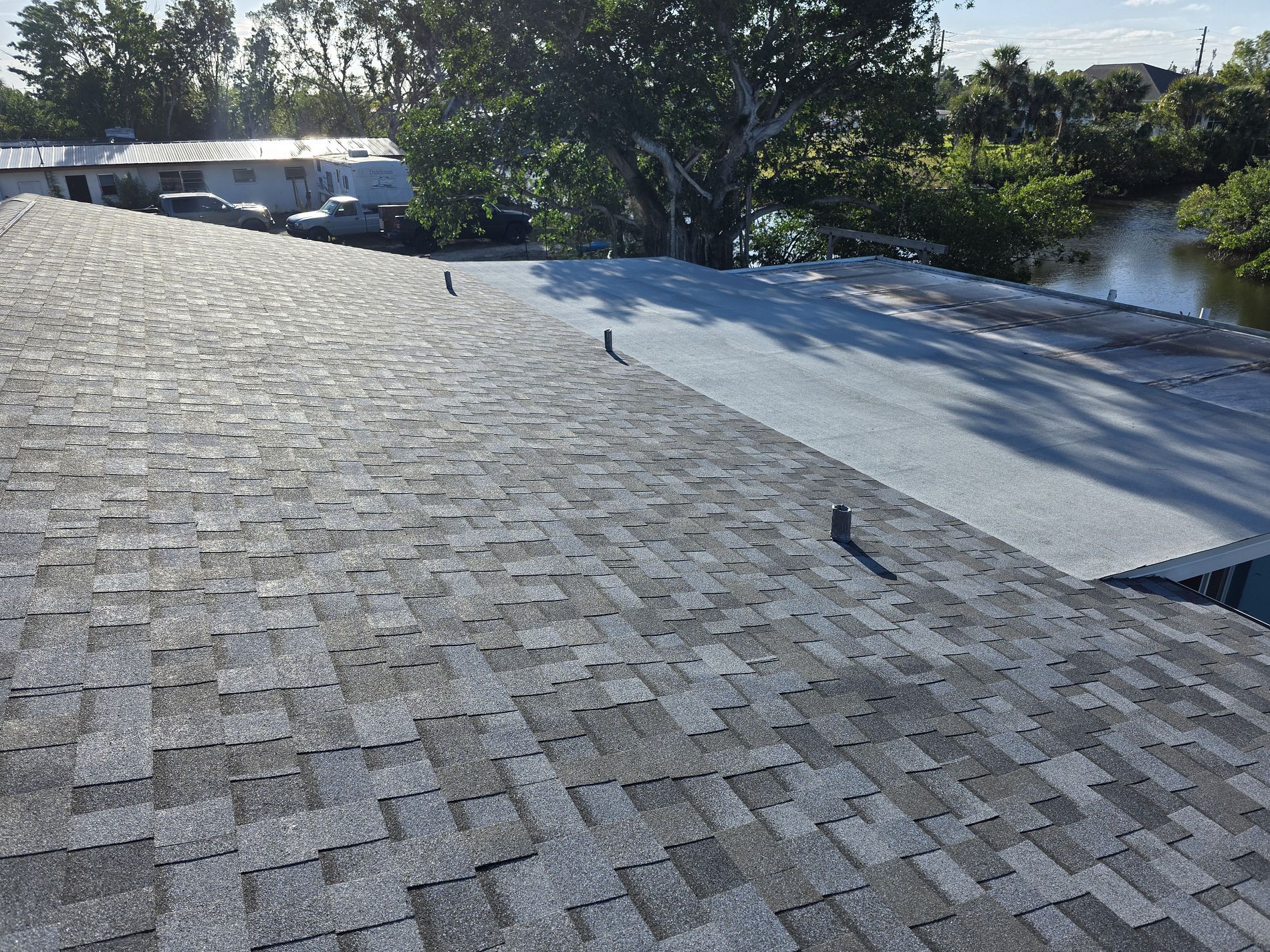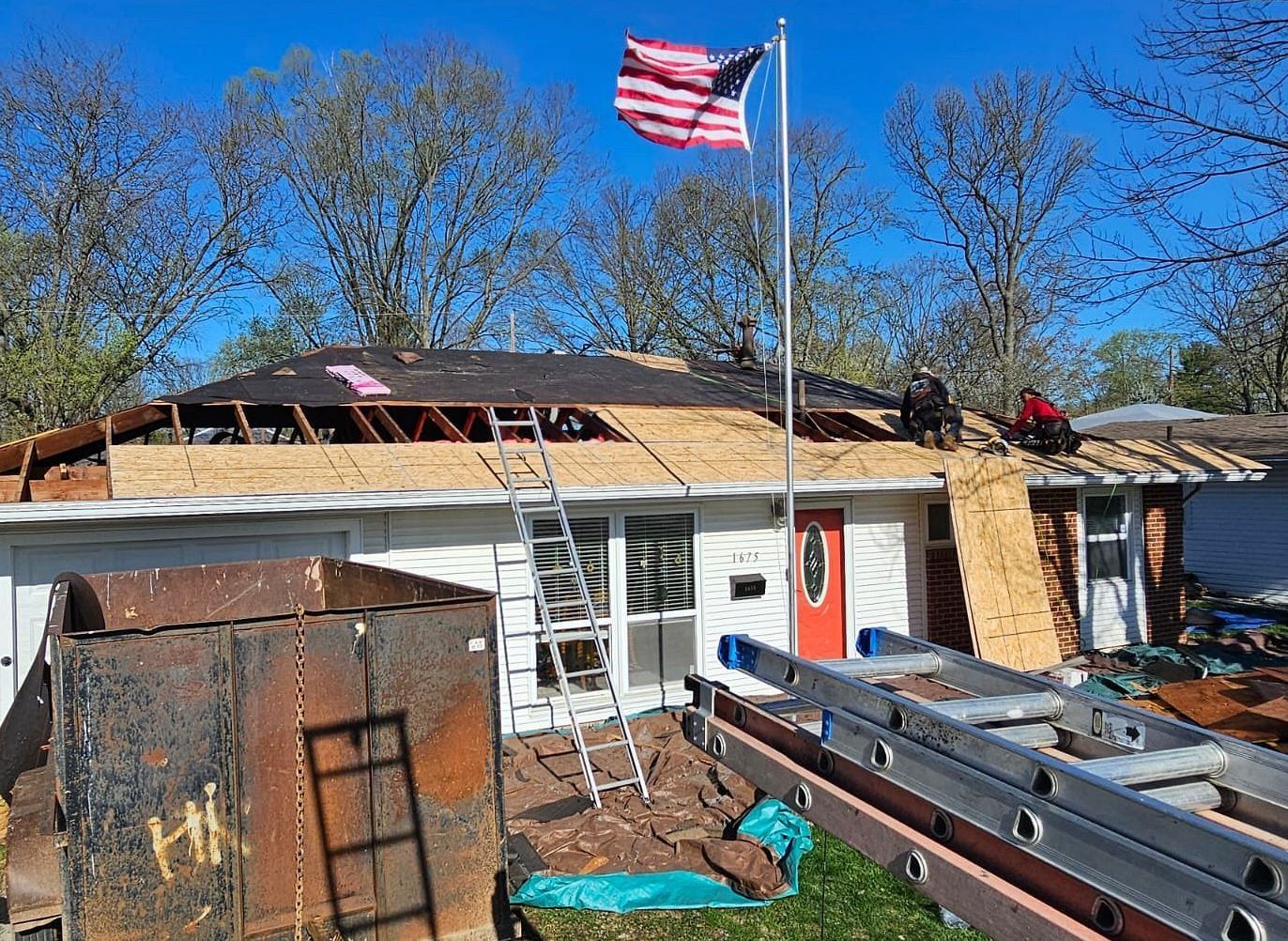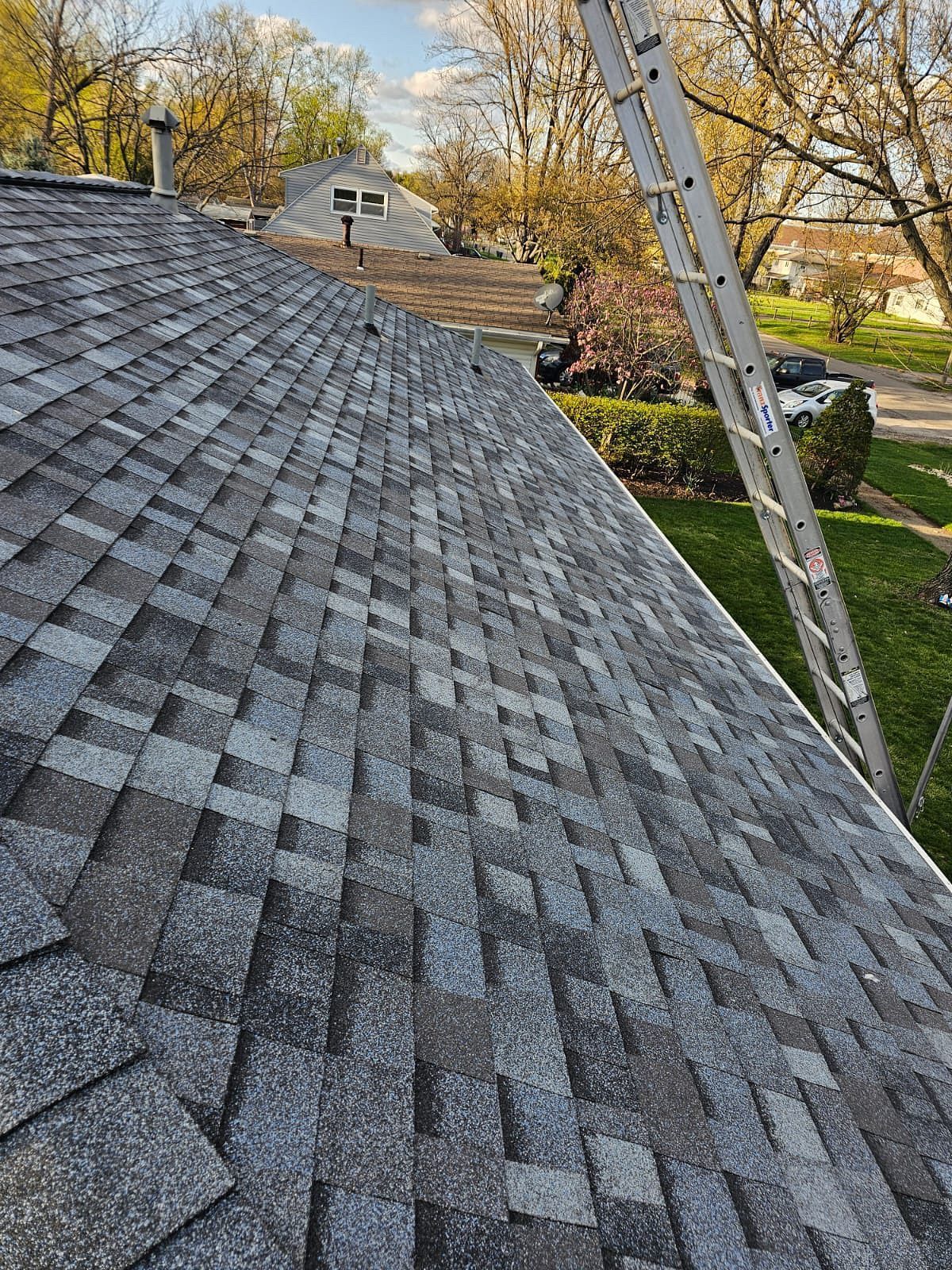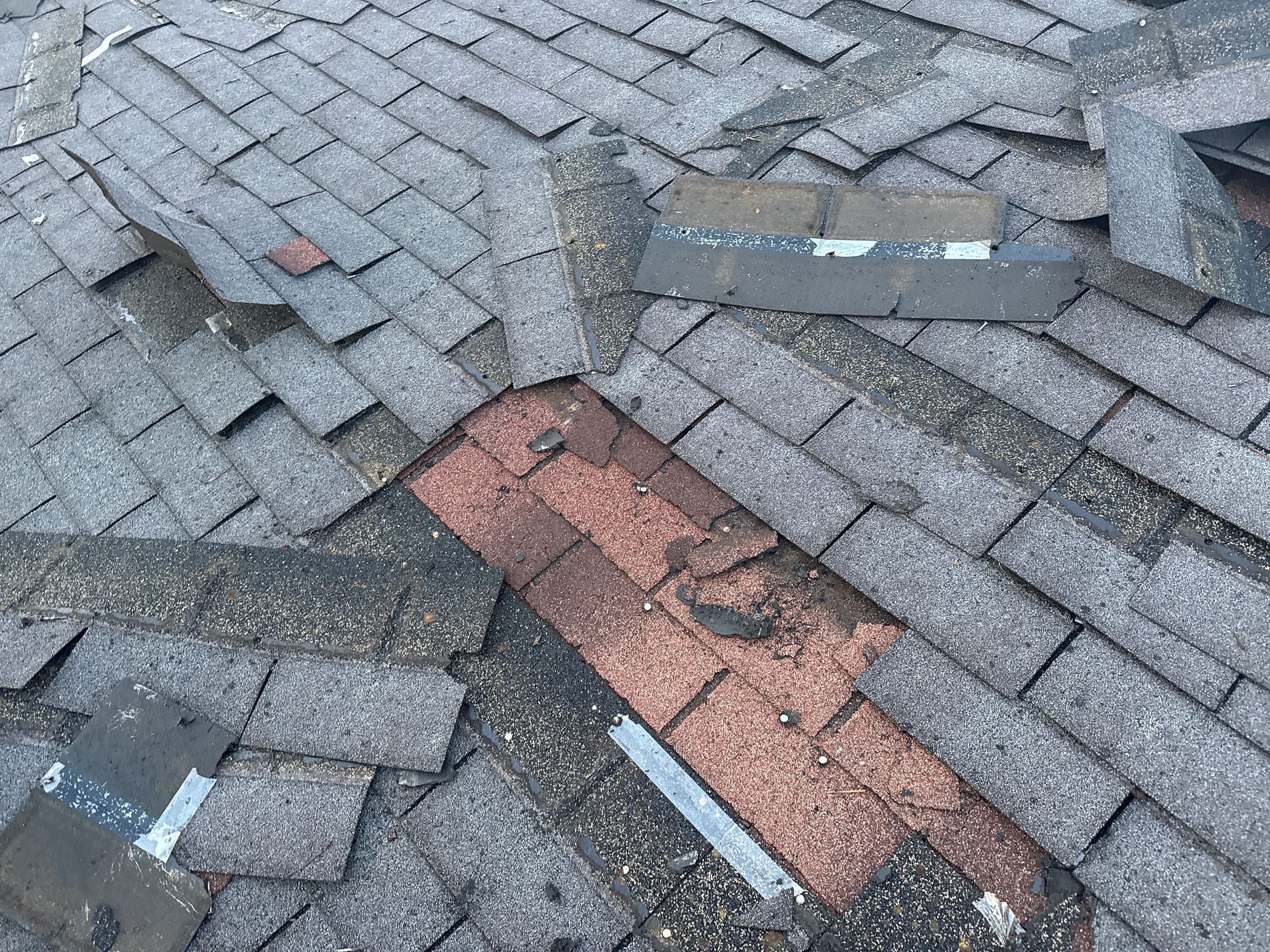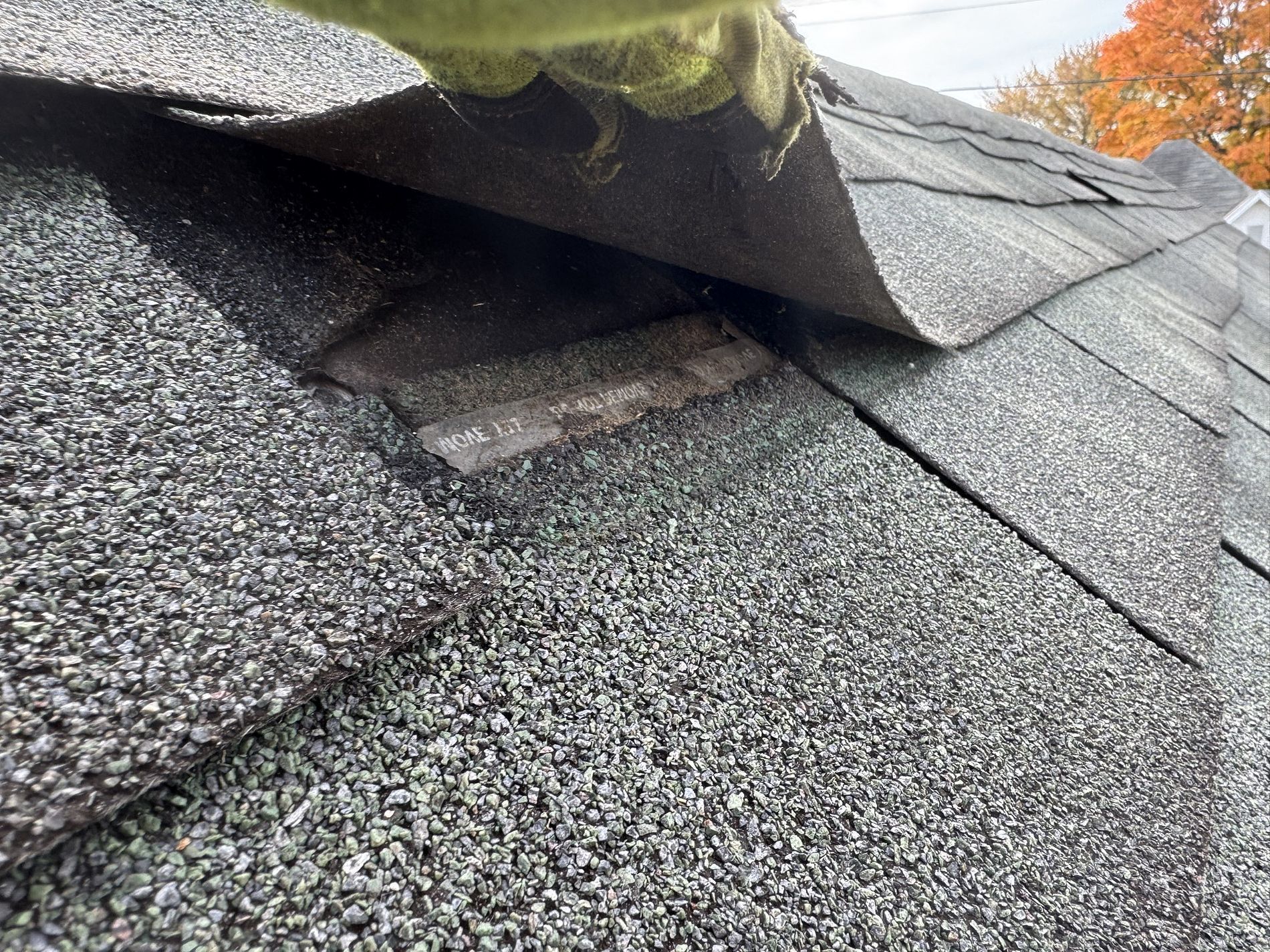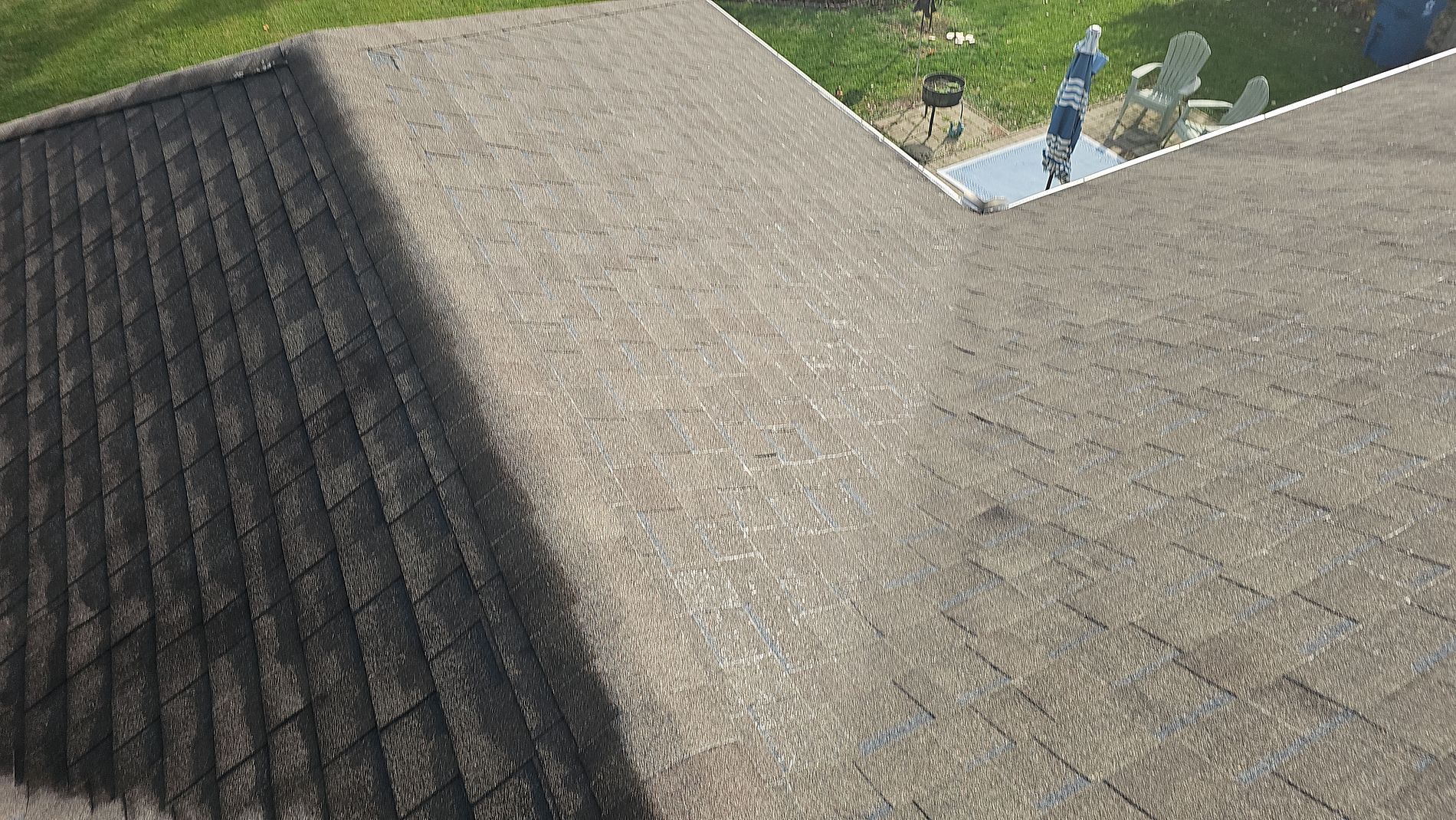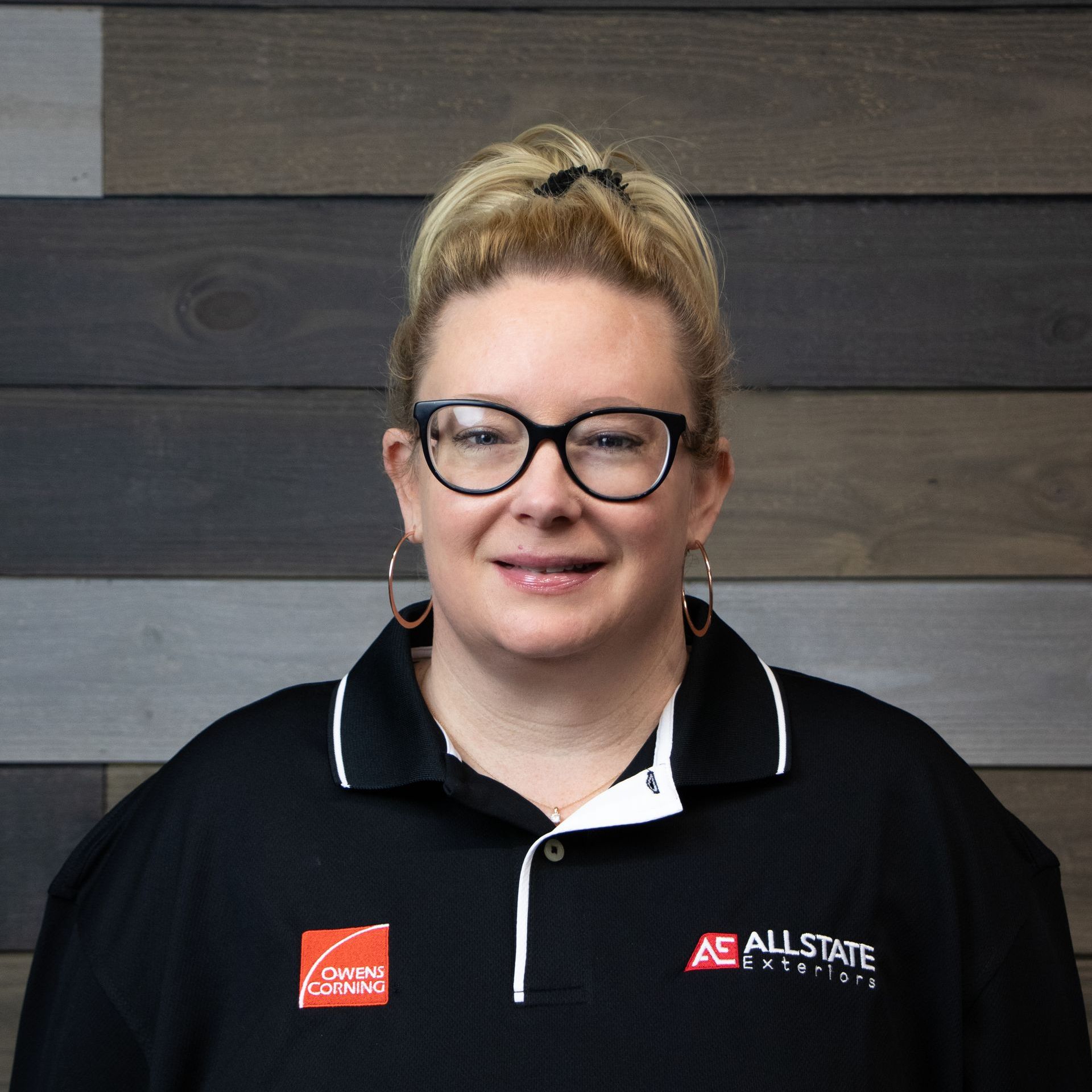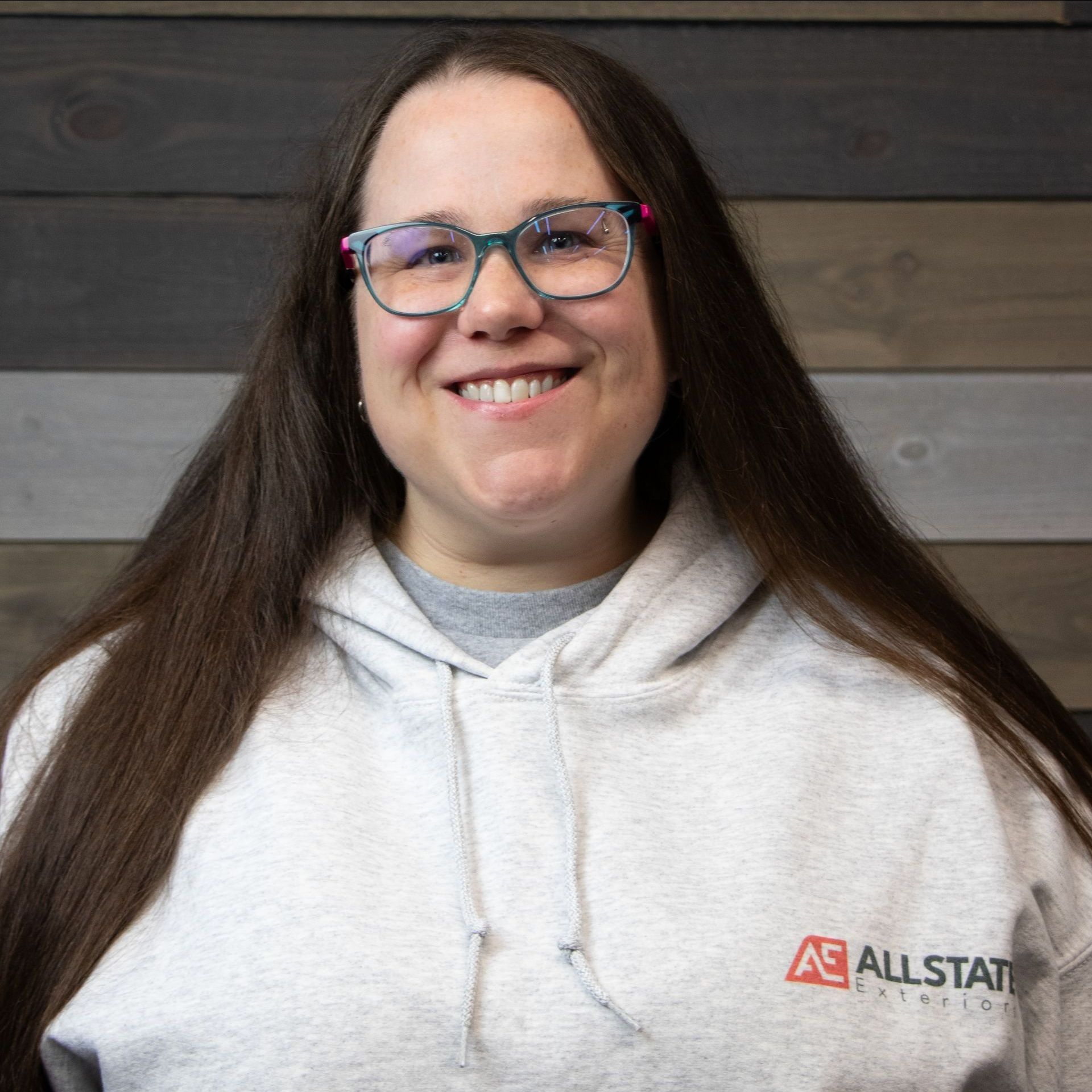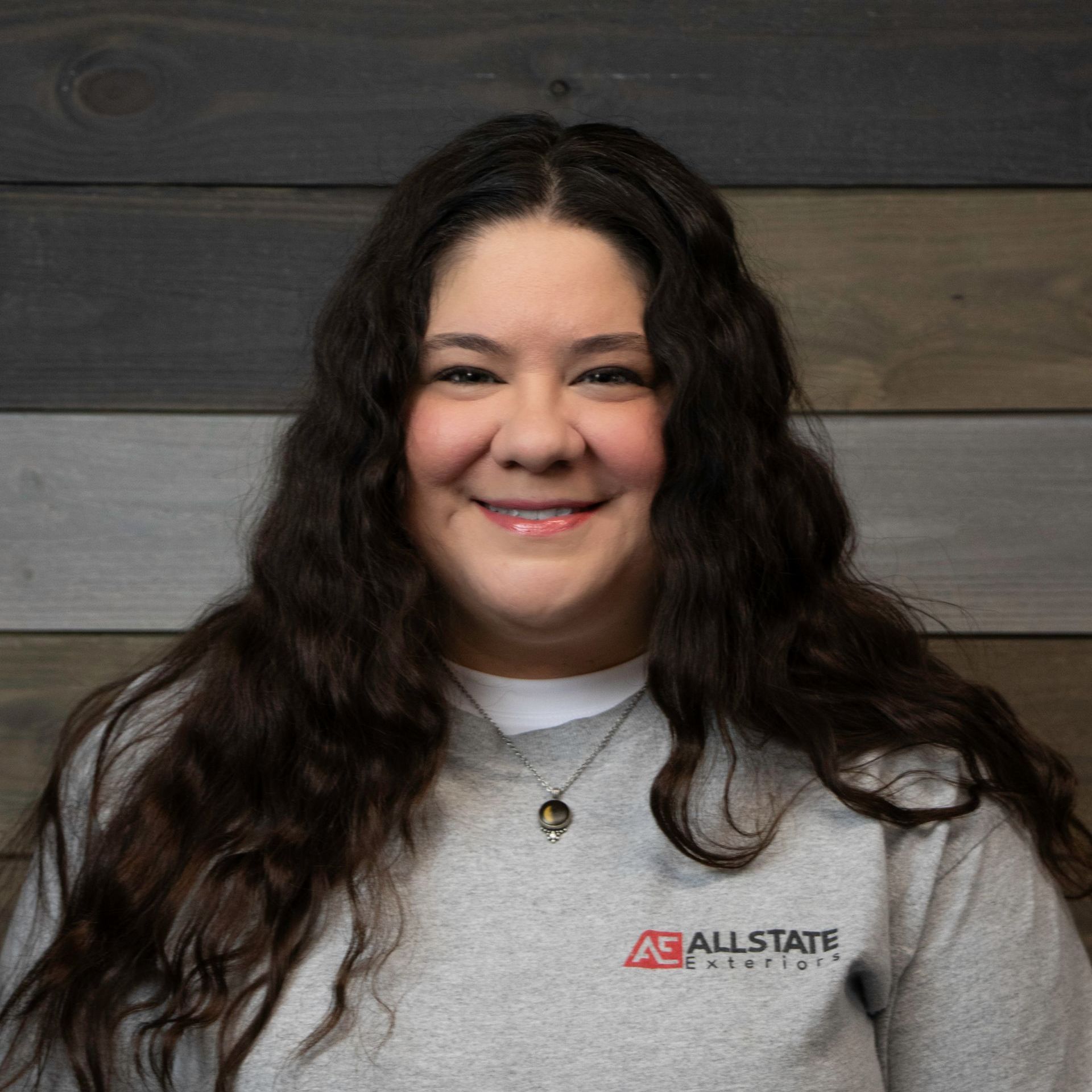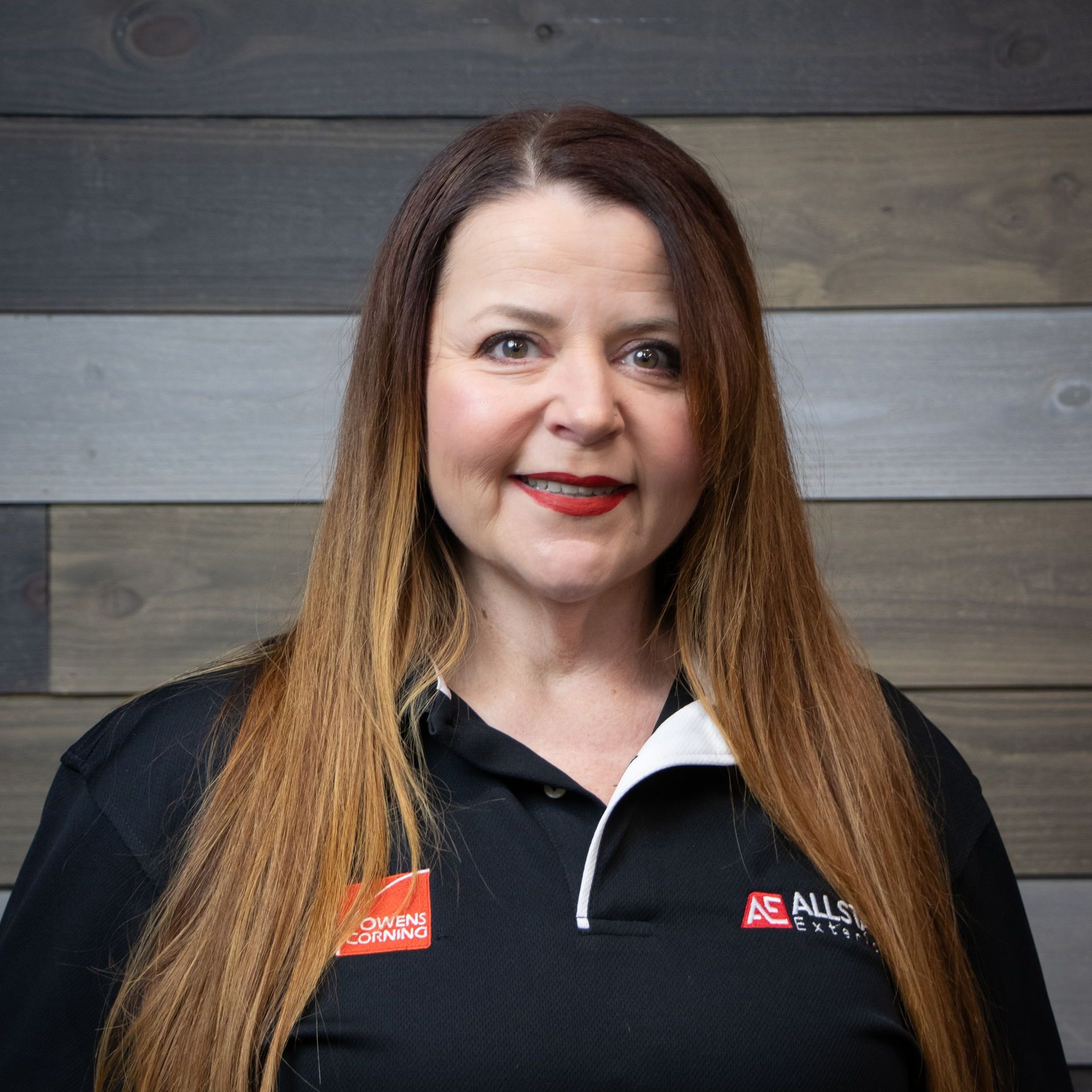6 Things You Don’t Want Your Insulation To Do
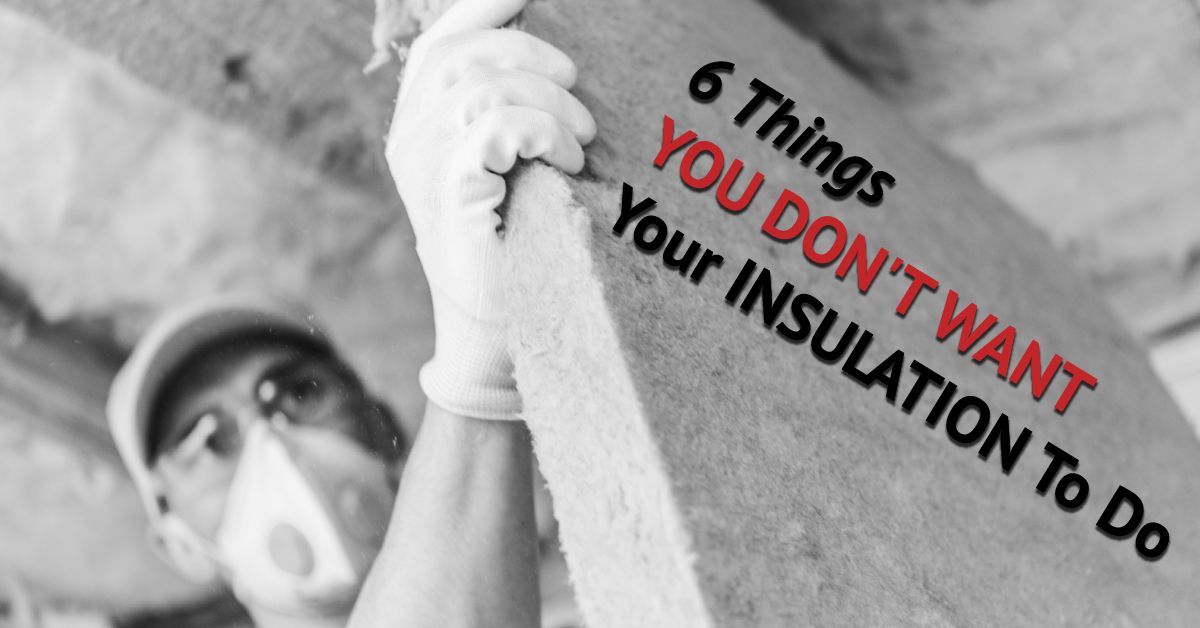
Proper attic insulation is the perfect way to retain cool air in summer and prevent heat loss in winter. Always pay close attention to your insulation. Some of these issues could happen if your attic insulation becomes wet:
- Trapped moisture gradually degrades the entire roofing system.
- Corrosion of roofing fasteners and rusting of wall ties and steel studs, making your roof vulnerable to wind-uplift.
- Interior water damage, warping, and other structural damage.
- A breeding ground for mold and bacteria.
The Solution to Bad Insulation
If you feel your house is leaking due to drafty or unsealed attic, have an insulation expert conduct an energy audit using a thermal camera to identify cool spots up there. If the damage is not massive, it’s possible to seal those leaks depending on the age of your insulation. Here are six things insulation can do when ignored.
1. Insulation Can Burn
You may not think about how insulation will react should your home catch on fire. Can it burn? Yes, it actually can! Although most insulation materials are extremely fireproof, a myriad of issues can cause your insulation to burn. Fiberglass insulation is made of glass combined with plastic polymers and is naturally fire-resistant.
However, you need to be careful with batts that are backed with foil or paper as these materials can burn quickly. Cellulose is not fireproof and will need to be treated by other flame retardants to help minimize combustion. However, insulation materials such as mineral wool can be completely non-combustible.
2. Insulation Can Settle
The next question to consider is if insulation settles. All insulation settles at least some over time. Let’s look at fiberglass insulation as an example. Blown-in fiberglass attic insulation is typically blown into the attic using a high-pressure hose. This is a different approach from blanket or “batts” insulation laid down in large sections of an attic. Since the blown-in insulation is aerated during the installation, some types can settle and lose thickness over time.
This is less likely with batts of insulation. This does not mean blown-in insulation is bad. It’s an ideal option for small, hard to access areas of your attic because it allows for more precise installation.
Your professional installer will account for settling when doing the initial installation by considering the desired R-value and allowing adequate depth. Moreover, you can today find blown-in fiberglass insulation products that don’t settle, such as the Expanding Blown-In PINK Fiberglas Insulation from Owens Corning.
Insulation from Owens Corning.
3. Insulation Can Cause a Rash
If you’re concerned about the health implications of touching insulation materials, you’re probably asking, can insulation cause a rash? Health effects from exposure to fiberglass insulation can be different depending on the size of the fiber and the type of exposure. Older insulation materials with larger fibers could cause eye, skin, and upper respiratory tract irritation.
Working with fiberglass insulation can cause skin irritations ranging from minor itching to serious rashes. It’s often caused by microscopic, needle-like fiberglass spindles which prick your skin. To protect your skin from rashes, wear disposable protective sleeves and gloves when handling insulation materials.
4. Insulation Can Get Moldy
This leads to the question of mold. In humid climates, mold growth is always inevitable, but will insulation get moldy? While it depends on the type you installed in your home, any insulation can get moldy if left wet for too long. High humidity and hot attic temperatures will definitely create a favorable environment for mold to grow. Insulations made with organic materials, such as cellulose, will mold far easier than others such as fiberglass.
5. Insulation Can Get Wet
Some homeowners wonder if their insulation can get wet. Although insulation is meant to stay nice and dry, there are multiple ways your insulation can get wet, including:
- Leaks from your roof and/or plumbing pipes
- Air infiltration from your windows, doors, and gaps in your siding
- Mold growth (spores entering through air infiltration)
Your primary concern should be to identify the source of moisture and have your roofer fix it. Cellulose fiber, however, can absorb water, making it difficult to aerate and dry out. The best course of action is to have it entirely replaced.
6. Insulation and Cancer
Long exposure to old insulations, such as asbestos, could cause cancer. However, if you have fiberglass insulation, you don’t need to worry! Aside from itchy rash and coughing if inhaled, fiberglass insulation will not cause cancer. Wearing protective clothing and a mask when installing fiberglass will protect your skin and lungs. If you’re only going into the attic a couple of times a year you should be fine.
If you notice any of the above issues with your insulation, contact Allstate Exteriors & Restoration in Ohio and Florida. Our experienced insulation specialist will inspect your insulation and work with you on a solution. Contact us today to begin the conversation with one of our friendly representatives.
